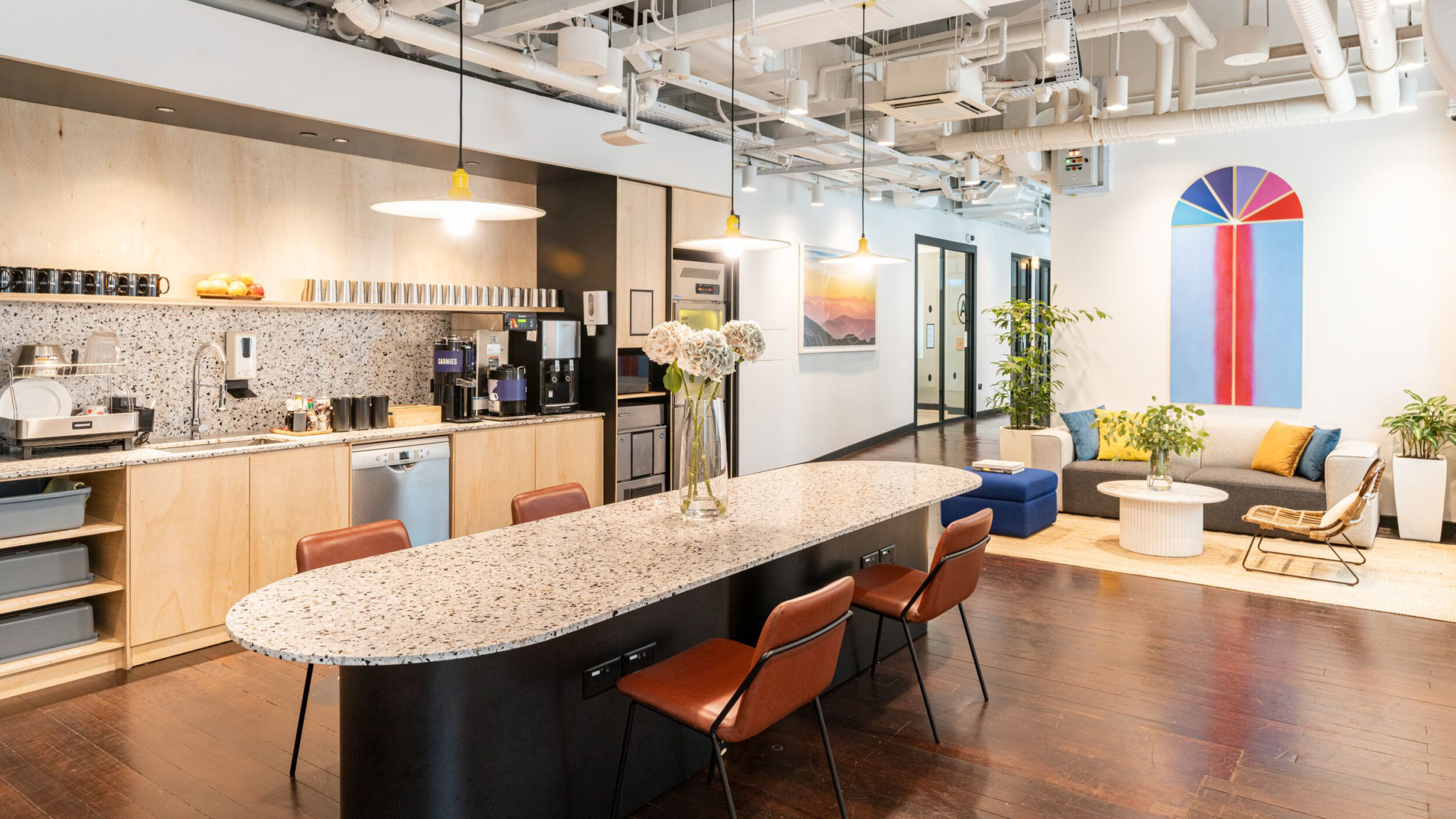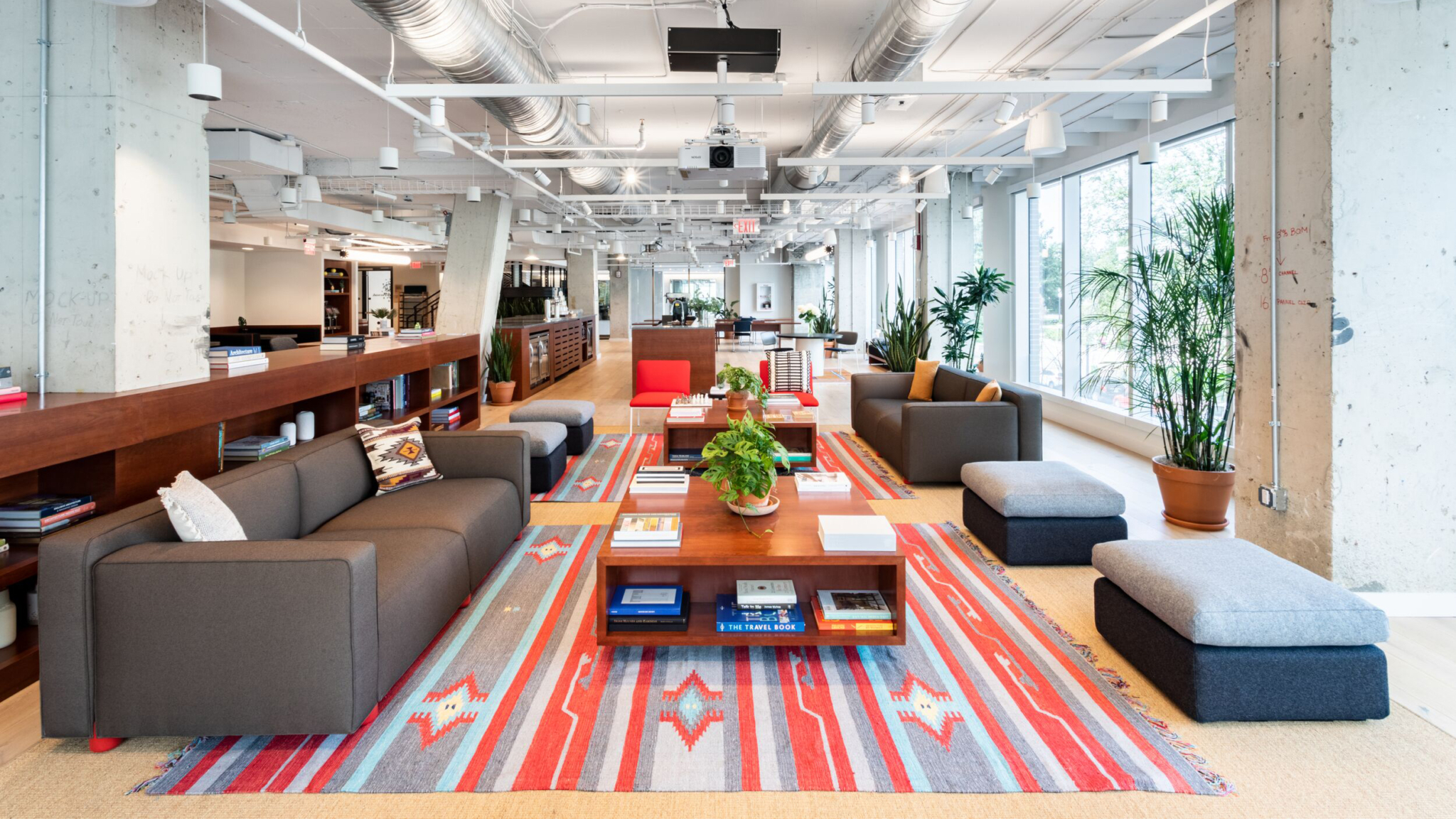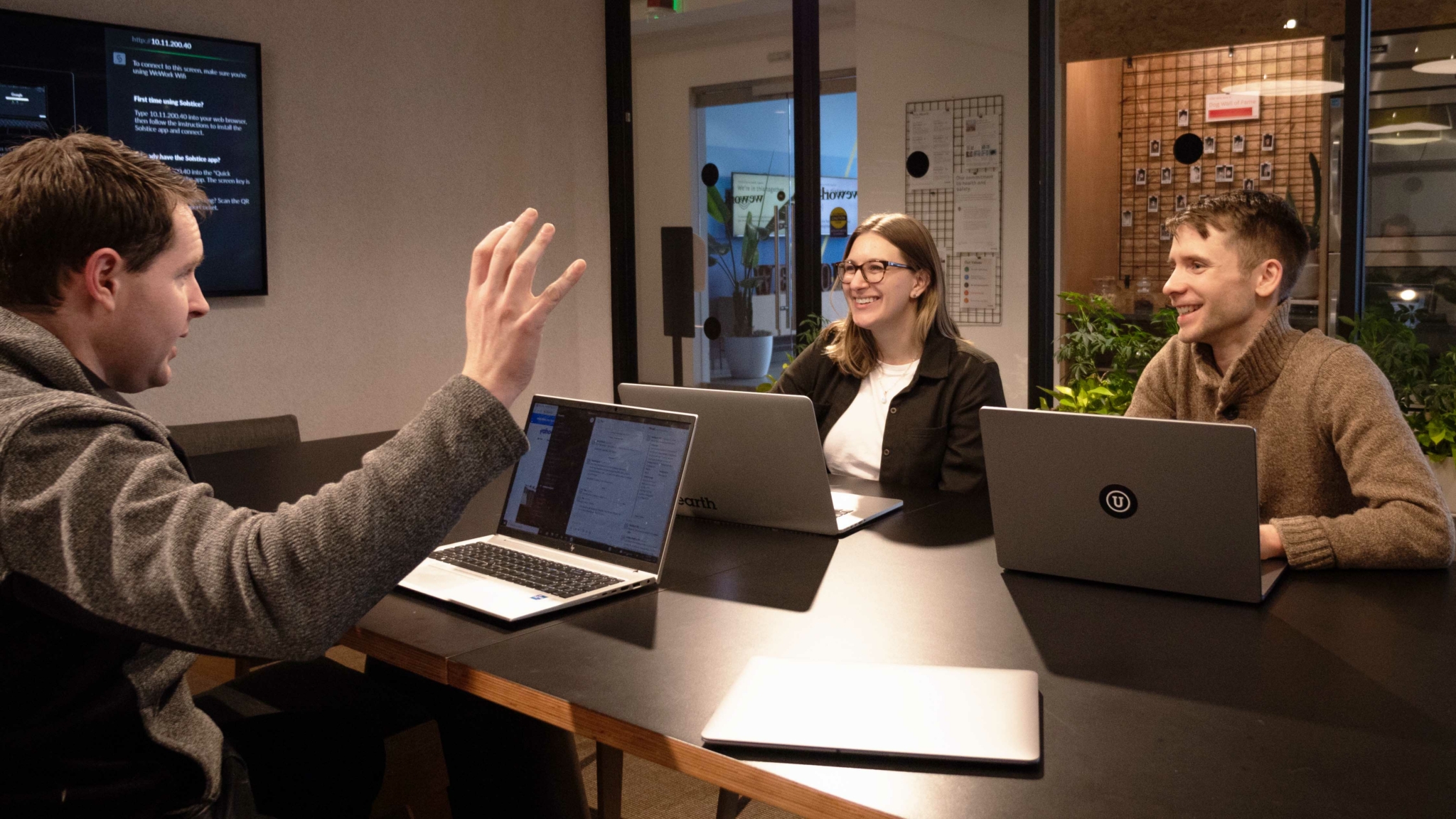The shift toward hybrid working has prompted companies to rethink how their offices are actually being used. Space management was always important, but with the emergence of hybrid work environments and collaboration-first coworking spaces, this aspect of office design has become a critical part of business operations.
WeWork designs office space solutions built with flexibility in mind, creating customized collaboration hubs to suit the way your company works. Whether you’re looking for a new headquarters or to create spaces for teamwork, WeWork provides beautifully designed, adaptable workspaces on flexible terms. WeWork Workplace is a comprehensive space management solution that allows businesses to make office seats bookable and gain insight into how employees are actually using the space.
In this article, we’ll take a closer look at space management and how it can provide direct benefits to businesses that do it well. But first, let’s define what we mean when we talk about space management.
What is space management?
Space management refers to the practice of making the most of your office space by maximizing its efficiency and productivity, as well as the comfort of the employees who work there.
This can include everything from creating hybrid spaces designed to support different types of work, to ensuring that dining areas and breakout rooms are safe, supported by the right facilities, and generally just pleasant places to utilize.
Principles of space management
Focus on flexibility
Think about how you can design your office space to support and enable different types of work and ways of working. For example, you might provide flexible seating options, use desk booking tools, or create zones for different tasks like brainstorming, collaboration, and focused work.
Think about the employee experience
Consider how your employees will interact with the physical space, for example, the way they enter and leave the office or desired conveniences like lockers and showers.
Take advantage of technology
Technology can streamline the employee experience by providing a simple way to book meeting rooms and reserve desks. Tech can also help managers monitor occupancy and identify which areas of the office are being used and which areas could be repurposed.
The importance of space management in the office
Any company with a physical presence is undertaking some kind of space management, whether it’s booking a coworking space for the day or overseeing the floor plans of giant offices spanning several buildings.
That makes space management an integral part of any company’s operations. Good space management helps businesses better utilize their resources and optimize their use of space, which can lead to cost savings. It can also help improve workplace safety and the productivity of employees by ensuring they have the right spaces and tools available to do their jobs.
Benefits of optimizing space management
Optimizing your office space can have immediate and long-term benefits. Here are just a few examples:
Increased flexibility
Software solutions such as desk and room booking systems help you adjust to changing needs quickly. That means no longer scrambling to find a vacant meeting space at the last minute, or hastily rearranging a corner of the office to collaborate on a time-limited project.
Improved employee experience
When employees have access to the resources and amenities they need to do their job, they’re happier and feel enabled to do their best work. And when the employee experience is a positive one, they’re likely to choose working at the office over working remotely.
Cost savings
Companies all over the world are wasting vast amounts of money leasing empty office space, especially as more employees opt to work remotely or from home. Moving to a more adaptable workspace that scales up and down to suit changing team sizes helps to reduce costs associated with unused or inefficiently used space.
Space management tools and software
To continue to get the most out of your office, you need the right tools and technology in place. This gives you complete visibility and control over how the space is being used, allowing you to make better decisions on allocating resources. Here are a few of the most popular tools:
Space management software
This type of software helps to manage the layout of the office and keep track of furniture, equipment, and other assets, such as workshops or parking for bikes and cars. It can also help with the planning and execution of office moves.
Desk and room sensors
These sensors keep track of the number of people currently in a given room or area of the office, providing data-driven insights that can inform decisions about space usage. When used correctly—that is, without tracking individual employees or collecting personal data—they can be a powerful space management tool.
Desk and room booking systems
These systems allow employees to book desks, meeting rooms, and other spaces in advance, helping ensure that office space is used efficiently and that no resources are wasted.
What is desk space management?
Desk space management is all about assigning desks and workstations to employees according to their specific needs and roles. This could include providing employees with standing desks or ergonomic chairs to ensure that they’re comfortable while they work, as well as assigning space according to team or project requirements.
Space management examples
- Google has implemented a range of space management tools to maximize the efficiency of its offices. Most notably, it has a prototype desk that automatically adjusts the desk’s height, monitor tilt, and local temperature based on the personal preferences of the employee who books it.
- Microsoft has embraced technology to help optimize the use of its office space. This includes using software to assign desks and track occupancy levels, as well as providing employees with collaborative team spaces that meet the needs of both remote and in-person workers.
Steve Hogarty is a writer and journalist based in London. He is the travel editor of City AM newspaper and the deputy editor of City AM Magazine, where his work focuses on technology, travel, and entertainment.
Want to learn more about flexible work?










